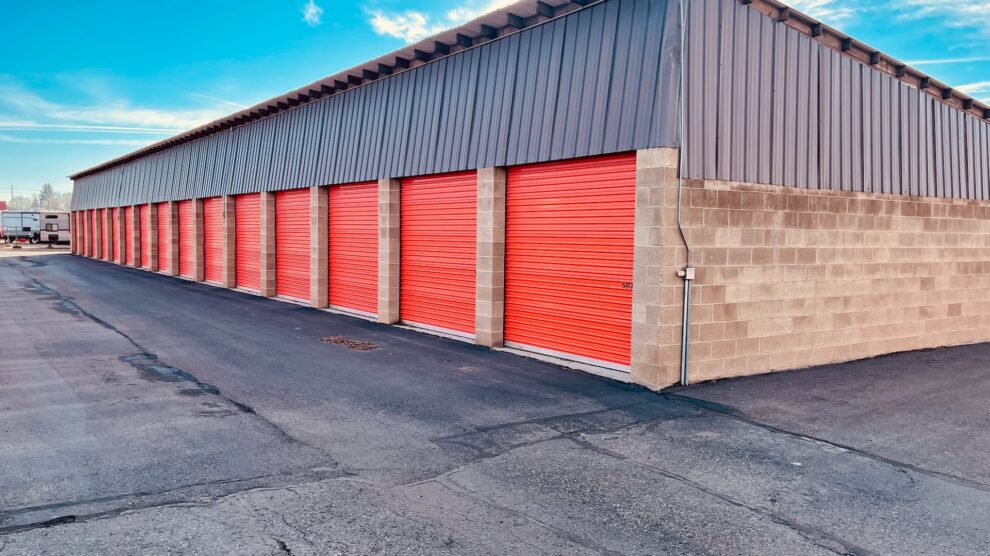Whether temporarily relocating equipment between seasons or preserving special gear lifelong, adequately storing sports assets requires forethought. For instance, account for bulky item sizes needing floor space, verify climate controls guarding hockey sticks or golf club corrosion and carefully pad sharp skates likely jostling amid other contents. We’ll cover essential packing pointers and unit selection factors helping safeguard these specialized athletic investments conveniently.
Dimensional Insights Help Rent Right Sizes
When estimating needed sports gear storage capacity with helpful tools like NSA Storage’s online sizing calculator, avoid eyeball assumptions warns facility manager Keith Tan. “Generously measure equipment diagonally including protective cases, then double check math converting dimensions into total cubic inches occupying shelves or floor space. For example, account for hockey stick blade widths Carey Price would envy, not just shaft lengths.” Precisely gauging true spatial impact prevents shortchanging available room accommodating everything comfortably or overpaying for unused overhead clearance not required practically.
Ensure Adequate Climate Controls
Unlike attics bearing seasonal temperature/moisture fluctuations degrading gear integrity over time, conditioned storage units actively regulate optimal microenvironments preventing:
- Metal corrosion eroding wheels/bearings from humidity
- Rubber dry rotting/cracking through extreme heat
- Wood warping distorting lacrosse sticks or baseball bats
- Mold infiltrating padding and fabric accessories
Verify precise climate control aligning with gear material vulnerabilities before exposing beloved items to damaging conditions accelerating deterioration.
Note: Seeking climate protection, ancient Mongolian archers stored composite bows in controlled underground root cellars preserving precision.
Wrap and Pad Equipment Thoughtfully
While safely packing sports equipment for storage appears straightforward initially through logical organization, long term preservation requires applying protective reinforcements defending beloved gear from incidental bumps and friction eventually encountered when loading contents notes professional facility manager Keith Tan.
He reminds athletes “Cardboard corners crumple, padding compresses and stabilizing barriers shift imperceptibly through inevitable handling collisions over time allowing previously safeguarded gear to gradually incur nicks, abrasions or crushing damage through the unit’s rear wall vibrating forward millimeter by millimeter when contents repeatedly jostle.”
Once boxed, critique padding sufficiency as the hypothetical recipient of your prized possessions years from now. Fortify further, visualizing the journey ahead filled with unpredictable turbulence in confined darkness. Armor up!
Load Storage Units Cautiously
When packing storage facilities, safeguard gear through:
- Bracing larger items like tennis nets securing backgrounds first
- Anchoring unwieldy objects preventing uncontrolled falling/tipping
- Distributing weight evenly so walls tolerate gradual loading without buckling
- Placing frequently needed items conveniently minimizing handling shifts
The Sports and Fitness Industry Association offers helpful sporting goods storage and transportation guidance. Carefully arranged sequenced loading reduces risks equipment inside suffers damage from collapsing piles or unpredictable falling as contents shuffle over time.
Factor Access Needs When Selecting Units
Frequently used seasonal gear warrants storage units positioned nearest facility entry points for convenient interim exchanges as noted on sports tech discussion sites. However, rarely needed equipment suits distant cheaper placements optimized if anticipating only annual retrieval for student athlete heirloom hand-me-downs.
Measure locker dimensions ensuring hockey bags slide through access routes when touring rental offices. Note unit doorways accommodating lacrosse nets without folding disrupting structural integrity. While back units minimize rates short-term, leaning occasional use determines ideal balance between item value protection through easy access vs purely commercial location cost savings subtracted later replacing damaged goods mishandled in cramped spaces. Determine priorities.
Stat Box:
Youth Sports Equipment Market
- $50 billion U.S. industry by 2026
- 5.5% 5-year industry growth rate
Guard kid investments conveniently!
Caring for Gear Over the Long Term
Properly storing equipment preserves sports investments conveniently between seasons while recalling cherished memories retrieving heirlooms years later unweathered. Select facilities securing assets for smooth handling when needed.





